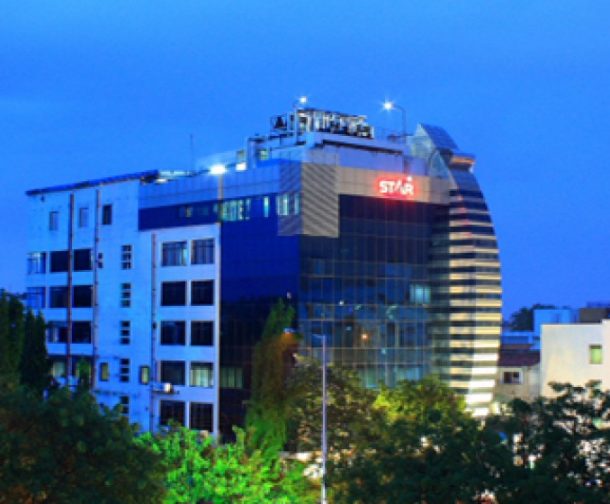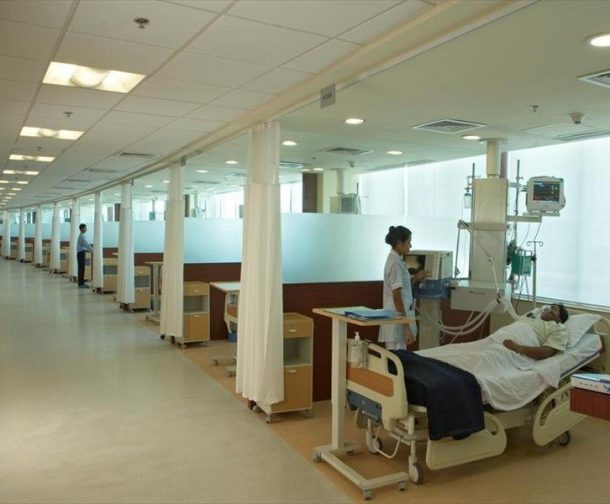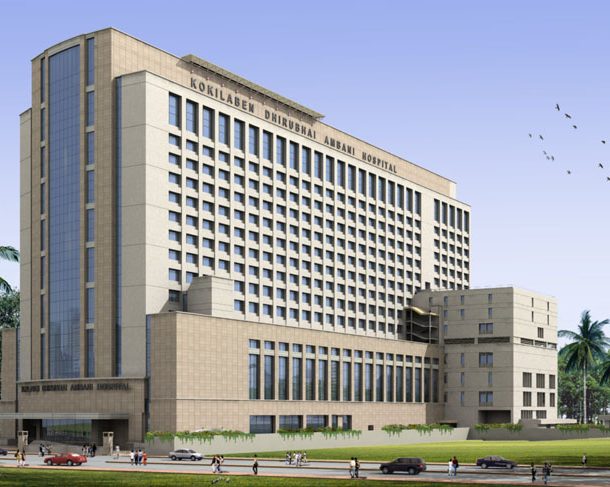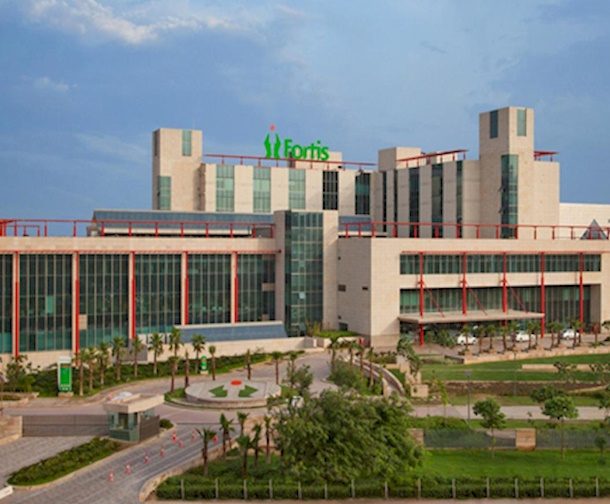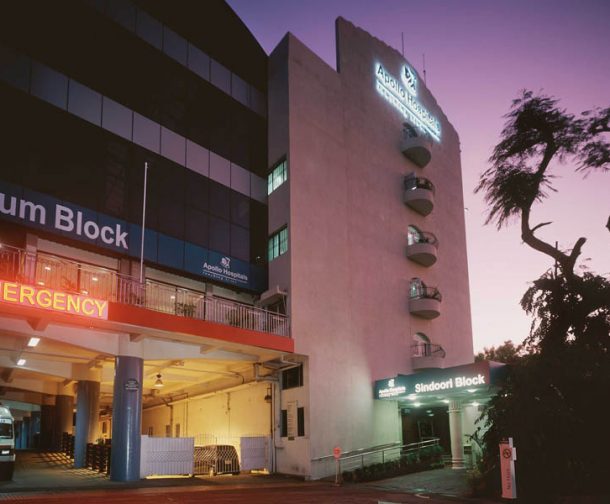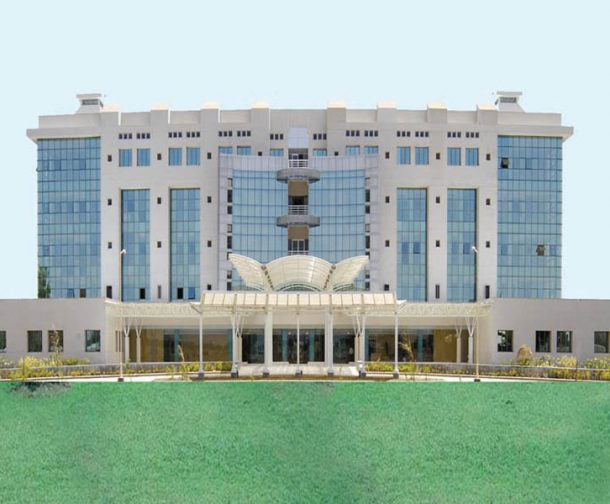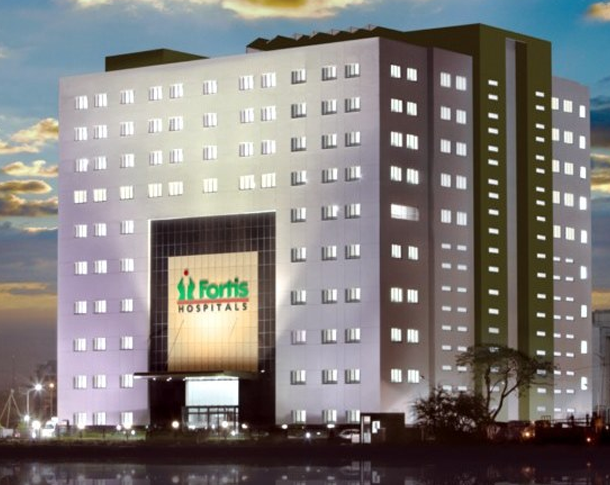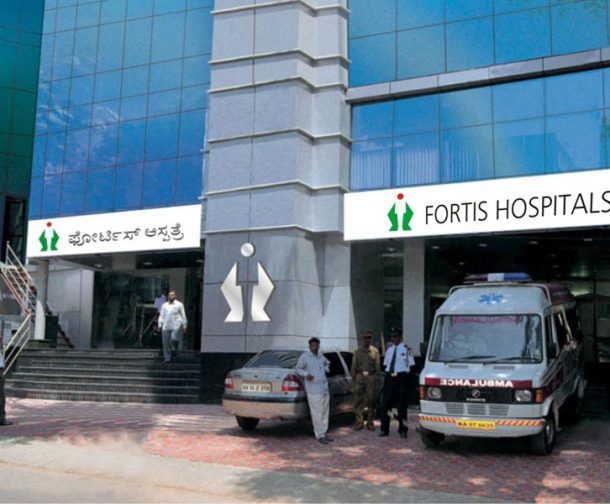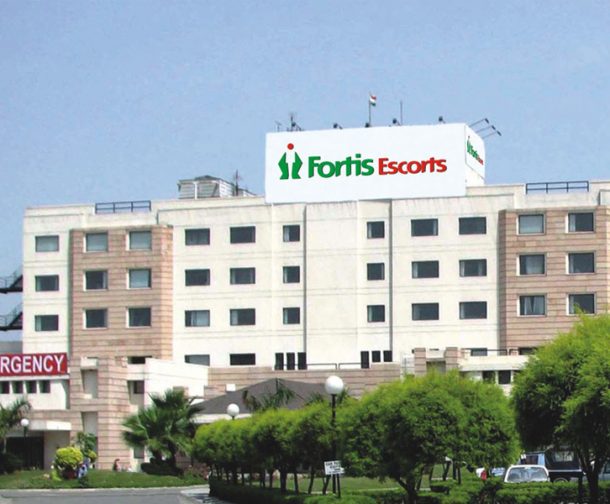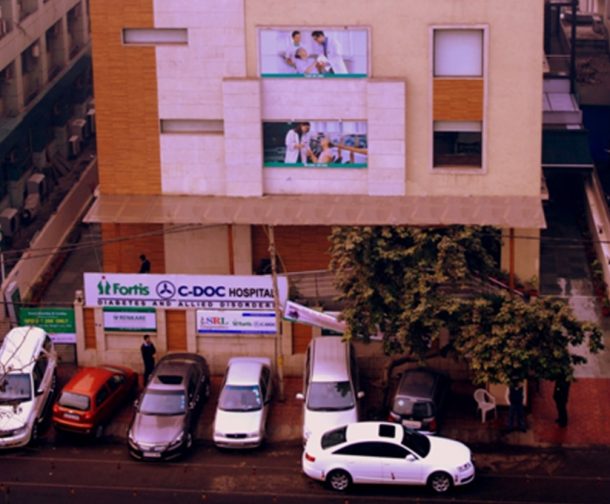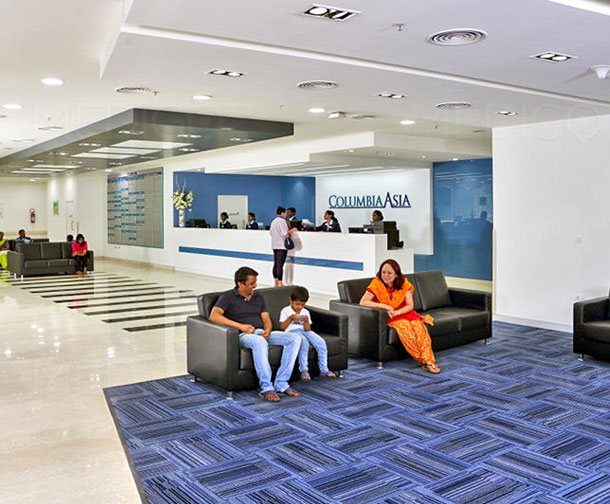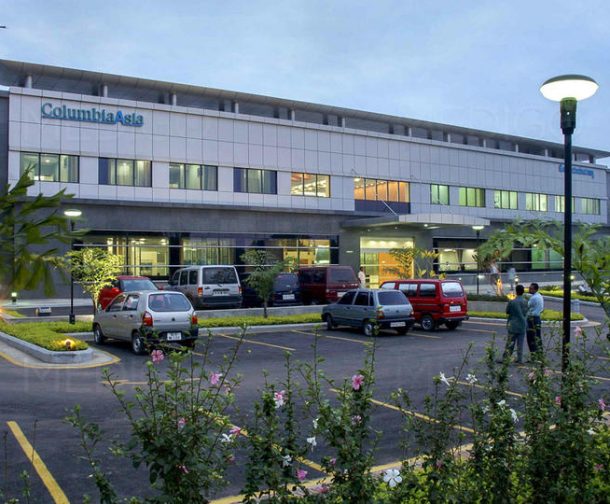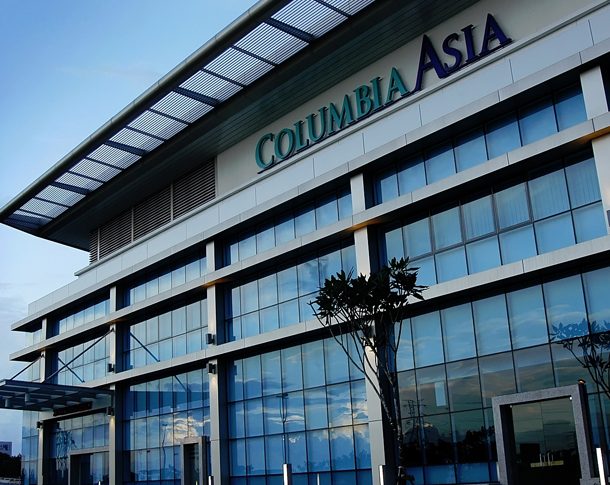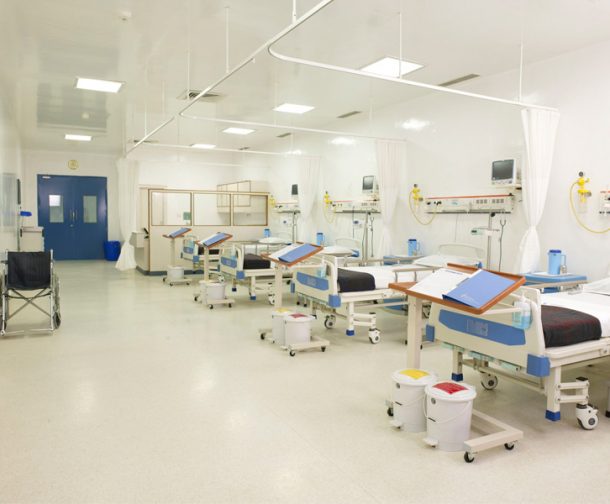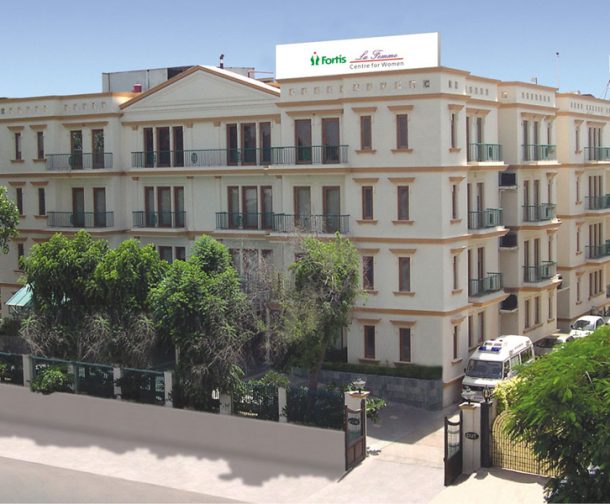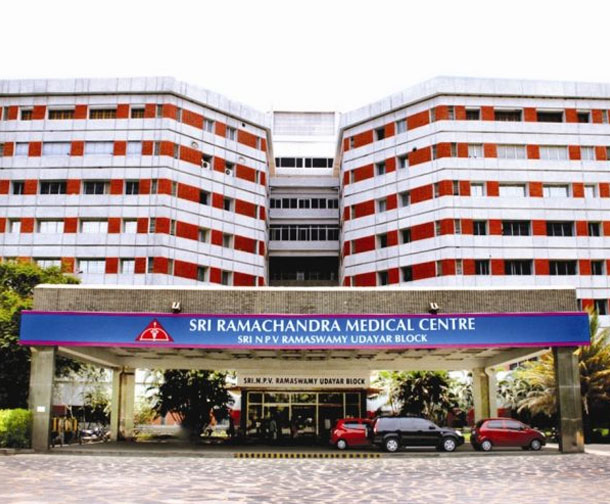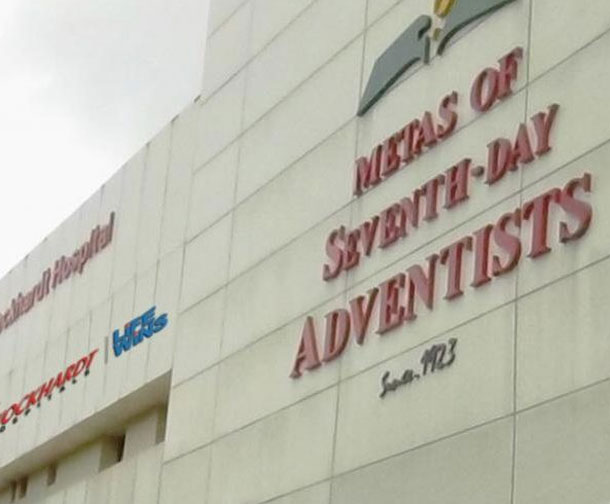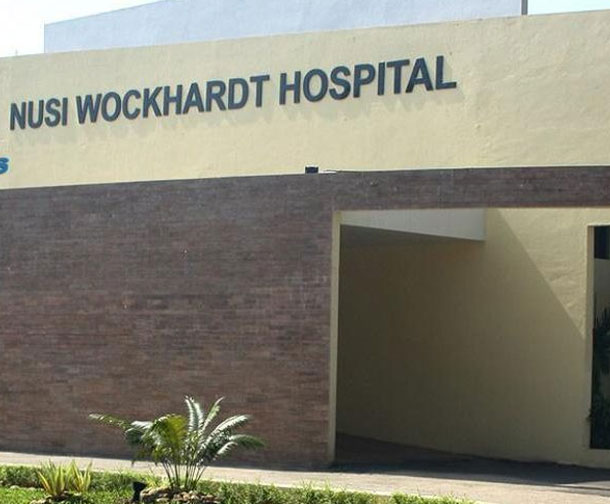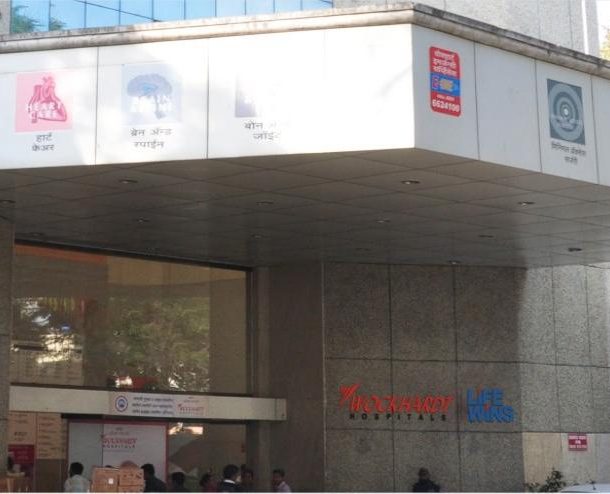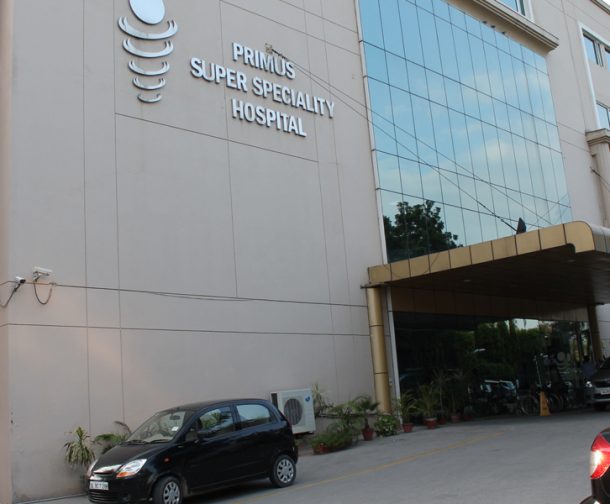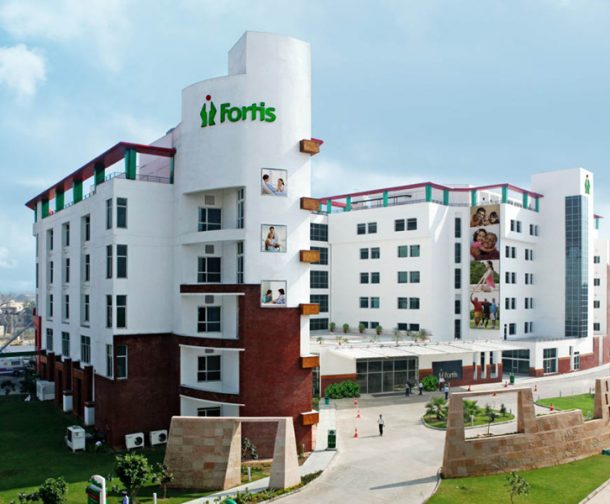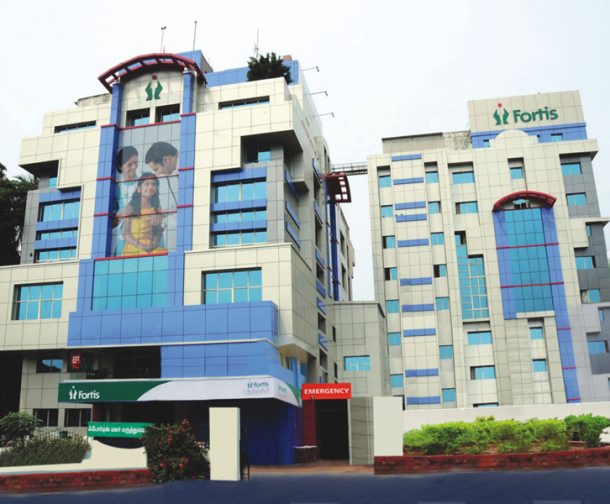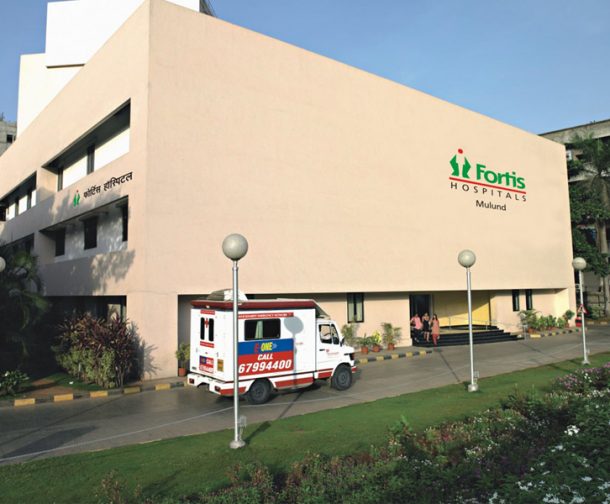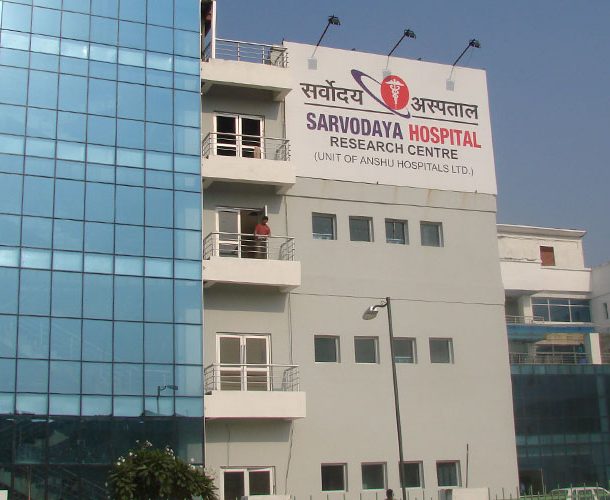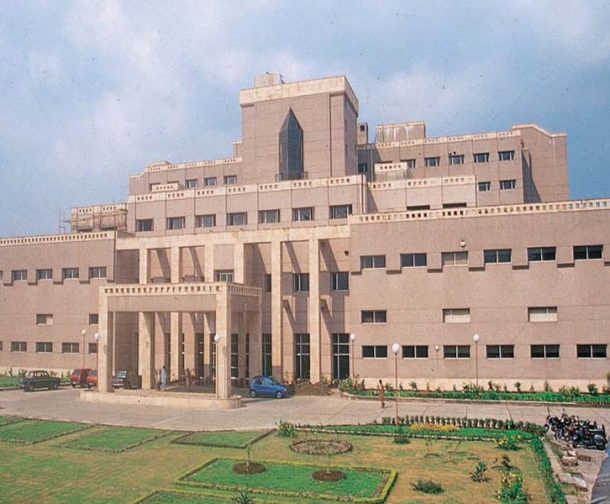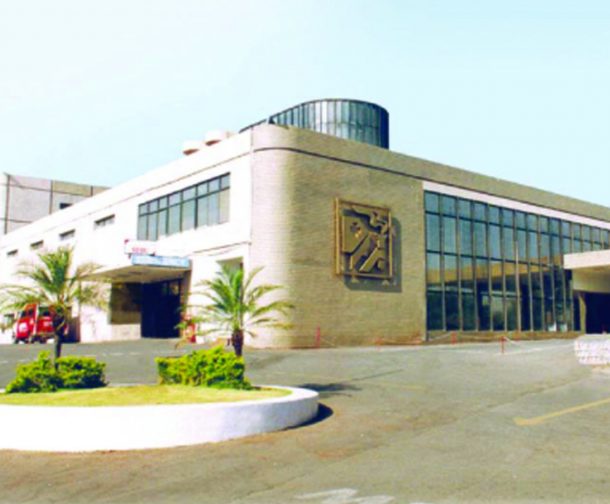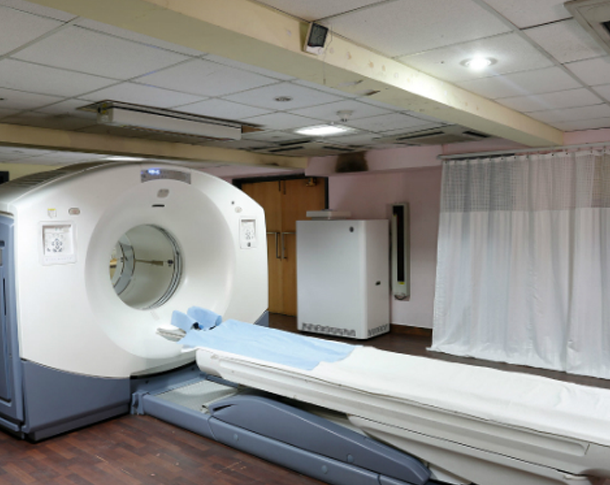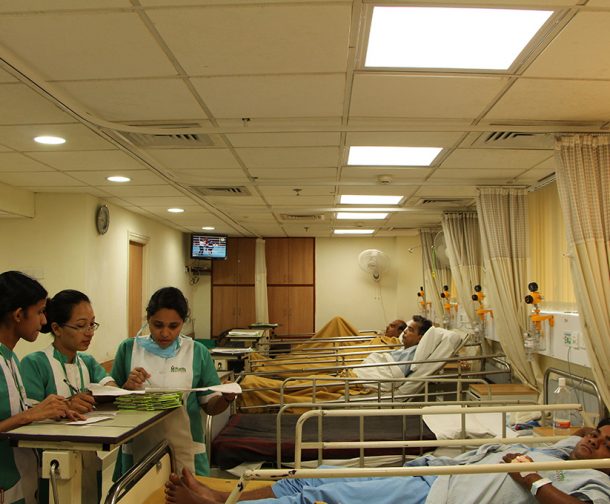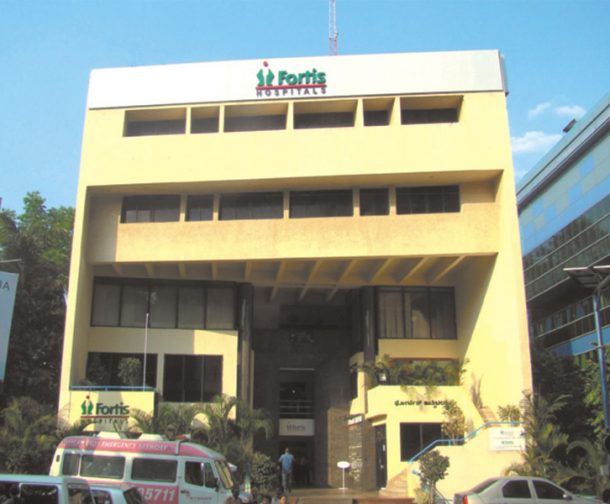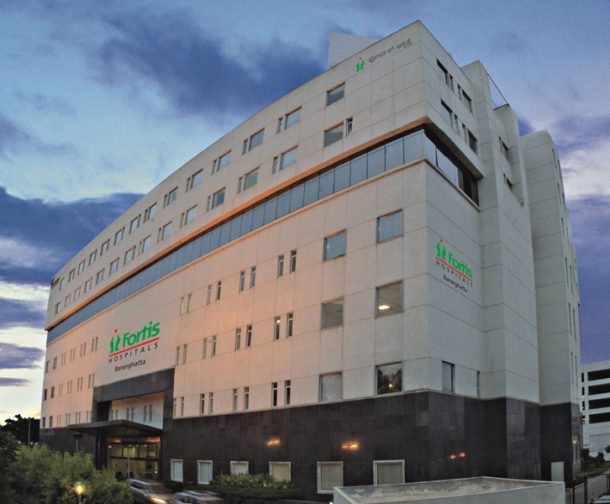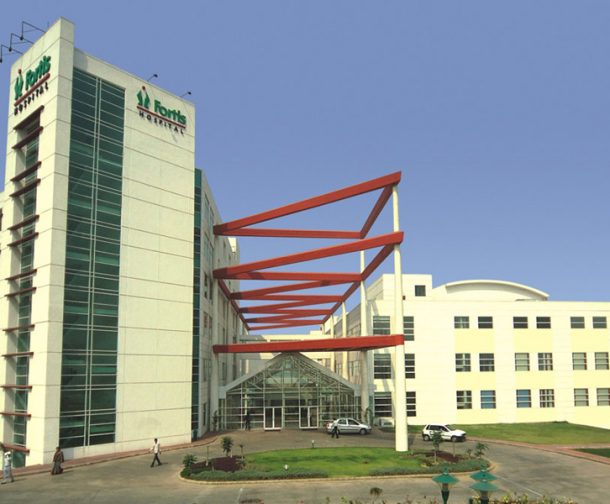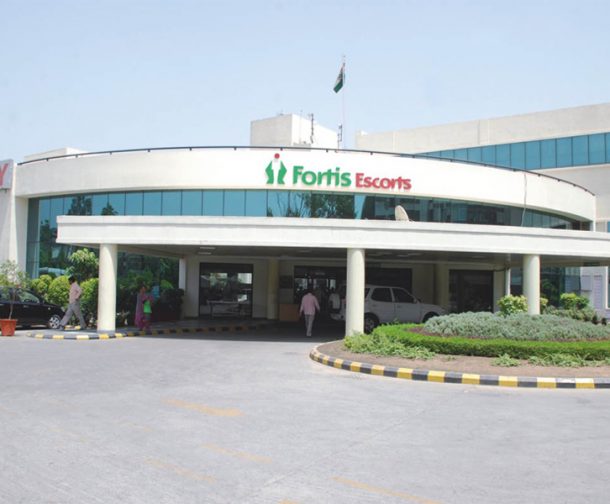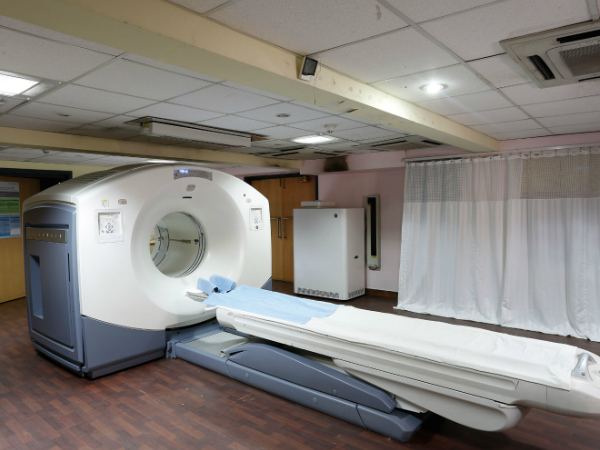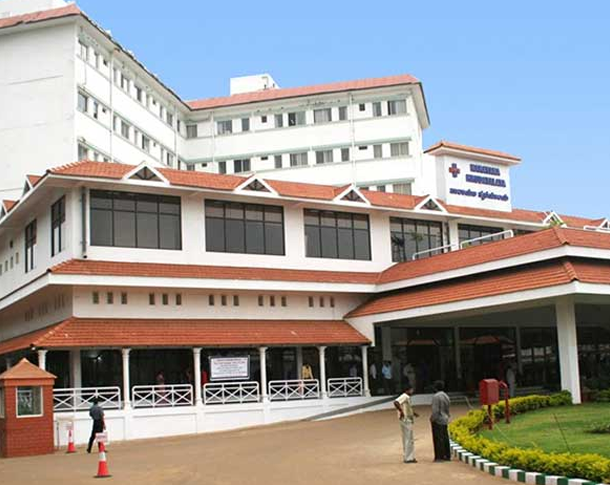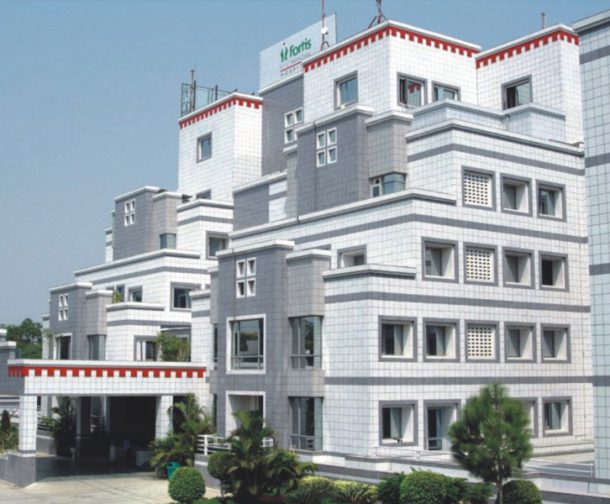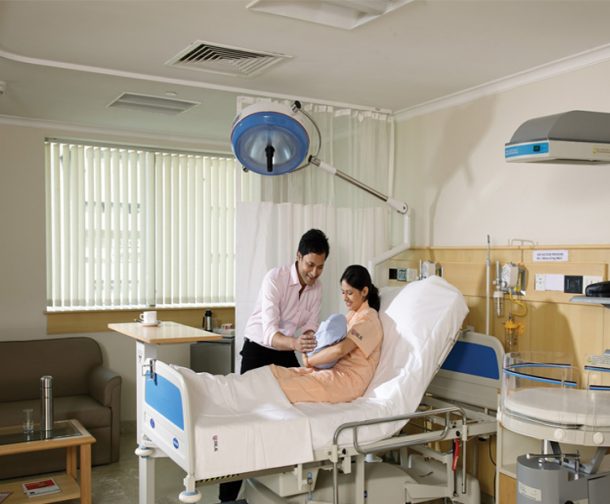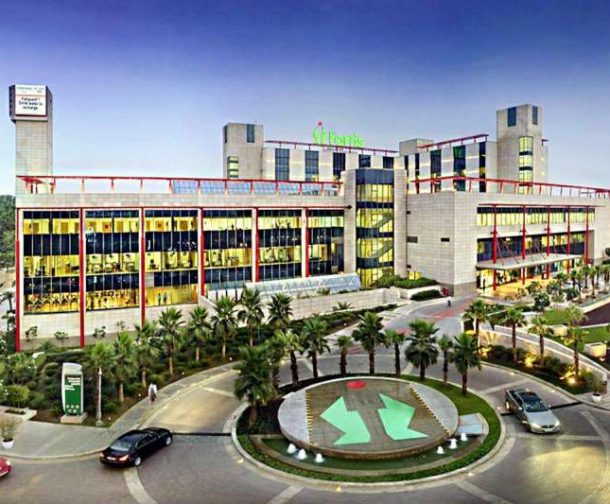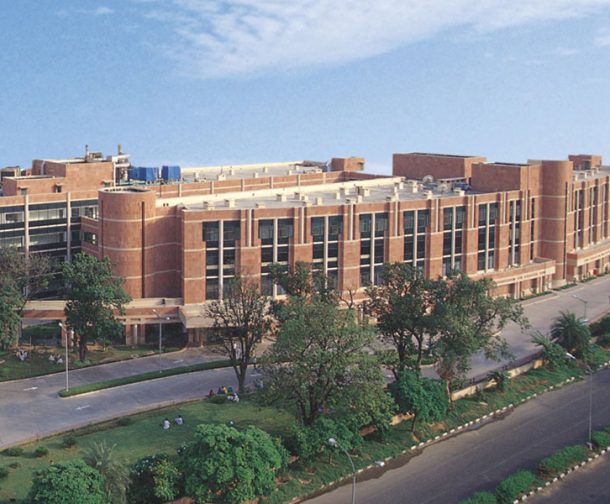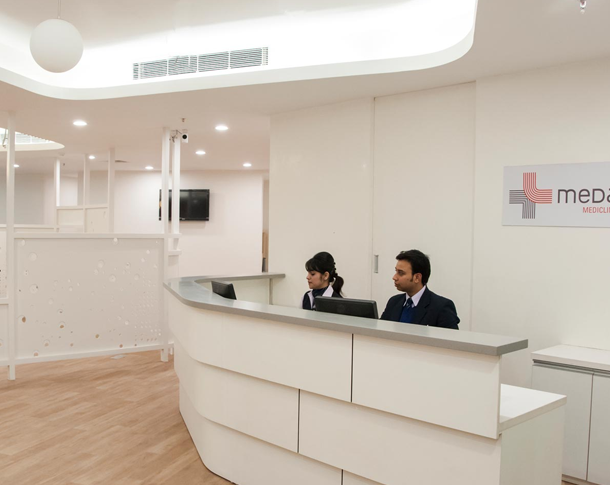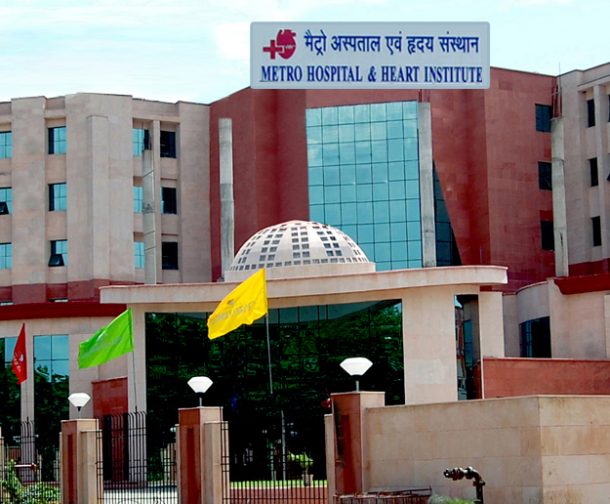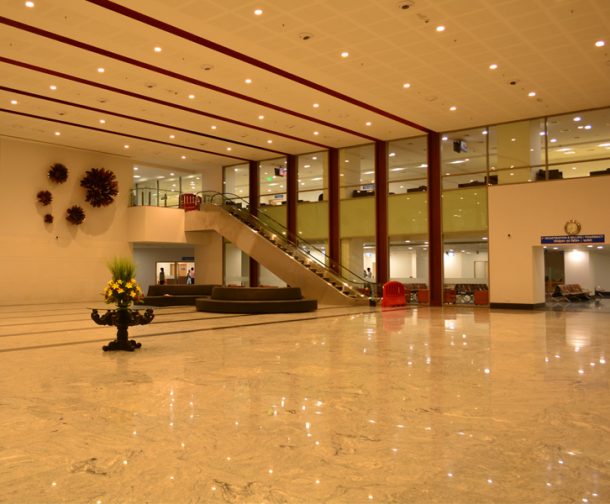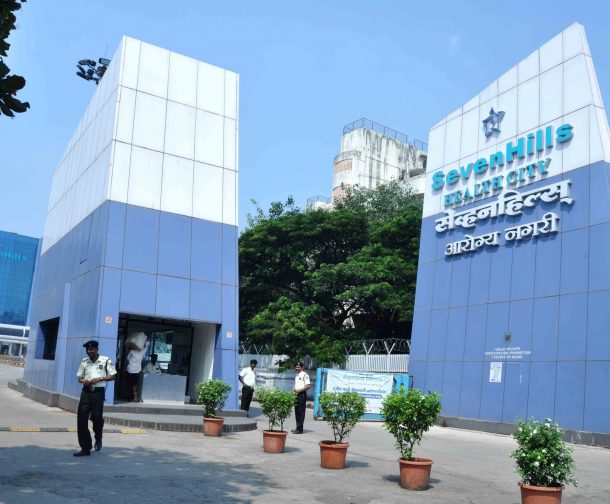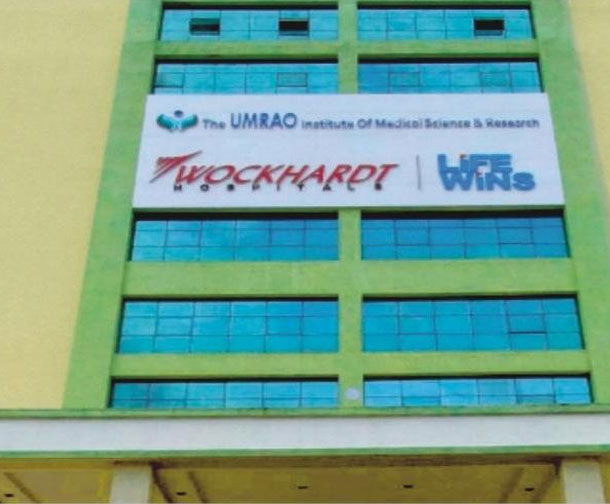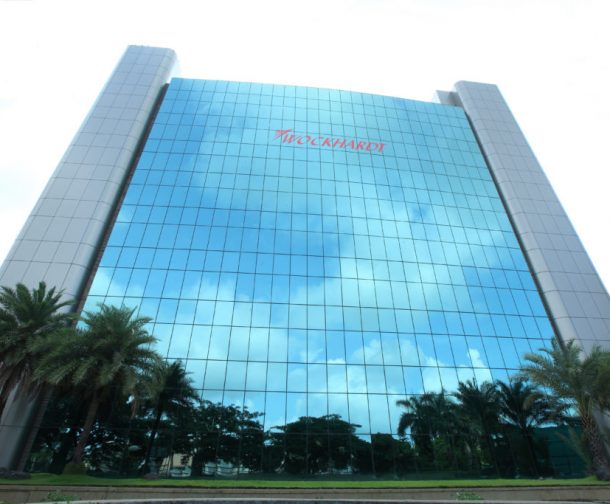
Neurology & Neurosurgery
Neurology involves providing care to patients with diseases of the brain, spinal cord, peripheral nerves, or muscles. Specialists who offer services for diagnostic evaluation, consultation, and management of neurobehavioral and associated disorders are known as neurosurgeons.
The neurology and neurosurgery hospitals in India have the well advanced (State-of-the-art) equipment, along with highly experienced and trained neurosurgeons and strong support teams as well. There are over 1000 neurosurgeon in India who can perform complex neurosurgeries, and the success rates of Neurosurgery in India have often exceeded international standards.
Neurosurgeons in India are well qualified; many of them are super specialized in the focus areas such as skull base surgeries, interventional neuroradiology, pediatric neurosurgery. Apart from the trained professionals and international standard facilities, neurology and neurosurgery hospitals in India have rehabilitation specialists, as a complex neurosurgery often requires intense physical and neuro rehabilitation.
Neurosurgery cost in India for the excision of the pituitary gland tumor is USD $3000 to $6000. The cost of same neurosurgery in the USA would be approximately five times of cost in India. Neurosurgery cost in India to treat
lumbar spine fusion is around USD $5000. The cost of same neurosurgery in the USA would be USD $20,000. Neurosurgery cost in India for spine
decompression would be between USD $6000. The cost of same neurosurgery in the USA would be at least four times of cost in India.
Procedures of Neurology & Neurosurgery
All Elective Craniotomies
A craniotomy is a surgical procedure which involves removal of part of the bone flap from the skull to expose the brain. This bone flap is temporarily removed and later replaced after the surgery. All elective craniotomy involves the removal of the bone flap from any part of the skull (frontal bone flap removal is frontal craniotomy).
All intra-dural Spinal Surgeries including implant
All the spinal surgeries performed to correct the disease or disorder associated with the spinal cord or spinal nerve along with the procedures such as spinal fusion surgery, spine fusion surgery with instrumentation are covered in this treatment.
All Microscopic Operations including implant
The operating microscope used by neurologists in India is a late model microscope which offers an excellent optics, lighting, and zoom. The controls on the microscope are motorized for precision and ease of use. The treatments performed under this include stereotactic surgery, neuro navigation and many.
Brachial Plexus Injuries/Stereotactic Procedures
A stereotactic technique is used by the neurosurgeons to place a needle into a very small tumor or lesion with an accuracy of one millimeter. Brachial plexus injuries are offer treated with nerve graft, nerve transfer, and muscle transfer techniques.
Brain Tumour
Brain tumors are often treated with surgery, radiation therapy and chemotherapy. Treatment for brain tumors depends on many factors which include the type, location, and size of the tumor.
Brain Tumour Excision (Pitutory Tumour)
Tumor excision is an effective treatment in the patients with parotid tumors. Minimally invasive procedure for brain tumor excision involves removal of the parotid gland through a small hole on the skull or through mouth or nose.
Brain Tumour Excision Skull base
This procedure is used to treat tumors in the skull base. In minor cases, a biopsy may help to excise the tumor. But, in severe conditions, craniotomy along with excision of the tumors is performed. Craniotomy is a procedure which involves temporary removal of a part of the skull to access the brain.
Burr-Hole aspiration for Abscess
Aspiration is a minor surgical procedure that involves drilling a burr-hole (small hole) into the skull and then the pus is drained out.
Chronic sub-dual haematoma
A chronic subdural hematoma is a condition where the blood collects between the surface of the brain and its outermost covering. In minor cases, the surgery for subdural hematoma involves insertion of a small catheter through a hole drilled in the skull and hematoma is suctioned out. In severe cases, a major surgery is required which involves craniotomy along with suctioning or irrigation.
Deep Brain stimulation
This procedure is indicated for the patients with Parkinson’s disease, chronic pain, major depression, obsessive compulsive disorder, and Tourette syndrome. The procedure involves implantation of the neurostimulator that delivers the electrical impulses through the implanted electrodes to certain parts of the brain.
Discectomy
The disectomy is the surgical procedure that involves removal of herniated disc that compresses the nerve root or spinal cord. The common indications are herniated disks or prolapsed disks.
Kyphoplasty
This procedure involves injecting the bone cement into the fractured vertebra through a small hole in the skin. The surgery is used to relieve back pain caused by vertebral compression fractures.
Laminectomy
Laminectomy or the decompression surgery is the medical procedure that involves removal of the lamina (back part of the vertebra that covers the spinal canal). This procedure enlarges the spinal canal and relieves the pressure on the spinal nerves.
Menisectomy
Meniscus is cresent shaped cartilaginous structure located in the joint. Menisectomy is the surgical procedure that involves removal of whole or a part of the torn meniscus.
Micro -disectomies for Cervical and Lumbar Discs
A microdisecromy for cervical and lumbar discs is a minimally invasive procedure that involves removal of herniated cervical and lumbar discs.
Microdiscectomy
A microdisectomy is a surgical procedure in which a part of the herniated disc is removed by a special surgical instrument or laser.
Peripheral Nerve Surgery
The peripheral nerve surgery is indicated for the patients with peripheral nerve injury, tumors and other disorders that affect the nerves connecting brain and spinal cord to other parts of the body.
Revision Surgery for Lumbar and Cervical Disc Disease
In most of the cases, the patient who underwent lumbar or cervical disc surgeries may continue to experience back pain due to nerve damage. So, an additional or revision of the back surgery may be required to correct the previous surgeries.
Scoliosis
Thoracoplasty or scoliosis surgery involves the procedure to reduce the rib hump. The surgery uses rods to reduce the amount of curvature.
Spinal Fusion - 2 Level
A two-level spinal fusion is indicated for the patients with severe pain that occurs at the two levels of the spine. The procedure involves joining two or more bones of the spine making them immobile.
Spinal Fusion- 1 level
One-level spinal fusion is the procedure which joins two vertebral discs.
Spinal Fusion+Decompression+Anthroplasty
In severe conditions, combinations of procedures are used to relieve the symptoms. Spinal fusion can be accompanied by decompression and arthroplasty. During the spinal fusion, the bone is taken from the pelvic bone and is used to make bridge between the vertebrae. Spinal fusion is used in patients with fractures, abnormal curvatures of the spine, tumors, or arthrits of the spine. Arthroplasty is the surgical reconstruction of the joint.
Trans-sphenoid operations
The trans-sphenoid surgical procedure is used to remove the pituatary tumors. During the procedure, the surgical instruments or endoscope is introduced into the brain through the nose and sphenoid bone.
VP Shunt or CSF Shunt Procedures
The procedure is used to treat hydrocephalus (accumulation of excess cerobrospinal fluid in the ventricles of the brain). Ventruculoperitoneal (VP) shunting involves creating an alternate pathway to drain excess cerebrospinal fluid.
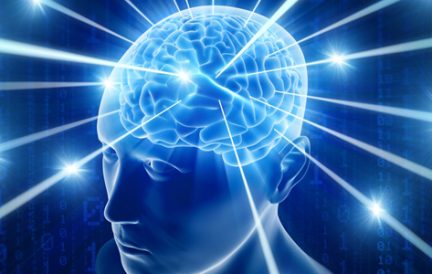
Amazing Facts About Human Brain
- Your brain recognizes your touch, so you can’t tickle yourself.
- Dreaming requires more brain activity than any waking function.
- You have an average of 70,000 thoughts per day.
- Your brain generates 10-23 watts of electricity.
- You use your entire brain, not just 10% as commonly believed.
- Your brain can’t feel pain; a headache involves nerves and muscles in your head
- Stress alters brain cells and functions.
- Music increases brain organization
- The amygdala in your brain lets you read facial cues.
- Your brain needs 20% of your blood and oxygen to function.
- There are 100,000 miles of blood vessels in your brain.

